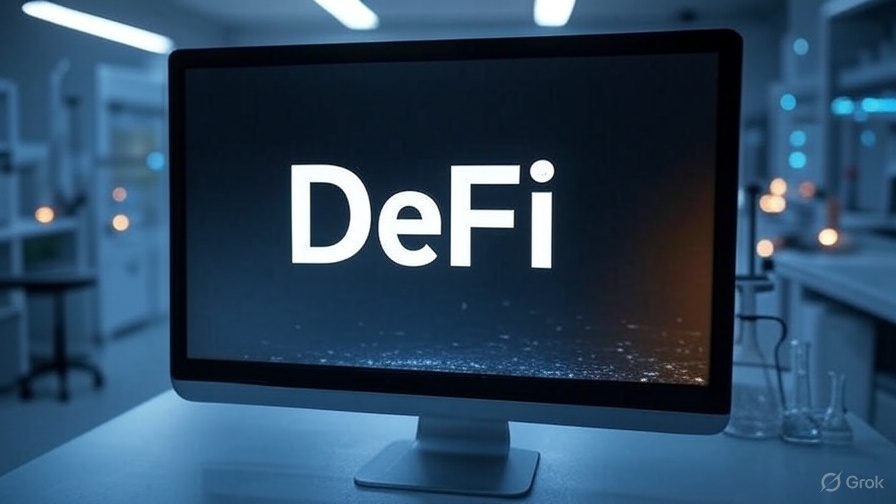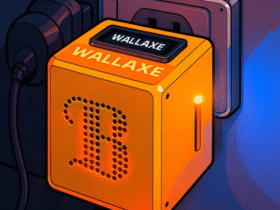In October, the Federal Reserve (FED) reduced the rate by 25 basis points.
The cuts tend to attract capital towards decentralized finance (DeFi).
Macroeconomic changes and US Federal Reserve (FED) rates influence investors’ risk appetite and therefore affect decentralized finance (DeFi) activity.
Every time the body led by Jerome Powell made cuts, the DeFi sector benefited. With lower rates, risk appetite resurfaces and more deposits enter; demand for loans, staking and yield farming,
As the use of the pools grows, the interest curves push up the effective rates and, consequently, the interest and commission income of the protocols increases. It is not automatic or linear, but in these contexts the DeFi sector tends to benefit.
But let’s review to understand How the DeFi sector behaved in response to the FED’s monetary policy decisions.
Interest rates in 2020
During the pandemic, the FED cut benchmark rates to historic lows to stimulate the economy. This environment of cheap money and abundant liquidity caused a DeFi boom, as investors sought profitability in a context in which the returns on traditional instruments were almost zero.
The differential between the returns of DeFi and those of the traditional financial system fueled a speculative wave that multiplied the total value locked (TVL) by fifteen in protocols such as Aave, Compound or Uniswap.
“DeFi returns far exceeded the near-zero rates of traditional finance (TradFi), creating a stark difference that attracted large capital flows into the sector and raised the TVL of decentralized finance from less than $1 billion at the beginning of 2020 to $15 billion at the end of that year,” a note highlights. report made by Aave Labs.
In the following graph you can see the relationship between the interest rate (green line) and the activity of the DeFi ecosystem, measured through the TVL and deposits in Aave.


Aave Labs highlights that this period was the rise of yield farming. The users They lent, deposited or provided liquidity to obtain tokens and extraordinary returns.
“During the near-zero interest rate environment of 2020, demand for yield became a key catalyst for the “DeFi Summer,” a crucial period driven by yield farming and liquidity mining programs that attracted new participants and substantial liquidity to DeFi protocols,” the report highlights.
The “DeFi Summer” ends after the rate hike
Following the inflation generated by monetary expansion during the pandemic, the Federal Reserve began an aggressive cycle of rate increases in 2022 that caused a strong outflow of capital and began the so-called “cryptinwinter.”
However, the DeFi ecosystem went through a maturation stage. Inflated profit models gave way to a more sustainable one, based on real returns generated by economic activity itself.
“This led to the creation of new yield assets, such as liquid staking tokens and restaking tokens (LST and LRT), along with yield-generating stablecoins (a feature absent in USDC and USDT). Higher rates, which increase the opportunity cost of holding non-yielding assets, have prompted fund managers and cryptocurrency allocators to optimize their idle holdings of ETH and stablecoins,” the specialists explained.
In other words, investors are looking for their money “work” even when not actively operatingtaking advantage of each token to generate some type of return through mechanisms such as staking.
In October, the FED cut rates by 25 basis points, bringing them to 4%, as CriptoNoticias reported. It remains to be seen if this marks the beginning of a new cycle of monetary flexibility. However, unlike 2020, a return to rates close to zero is not expected, but the context once again favors assets considered risky.
If the easing trend continues, capital could flow into DeFi again, but this time with a more selective, less speculative market and focused on projects that manage to combine stability, transparency and profitability.






Leave a Reply